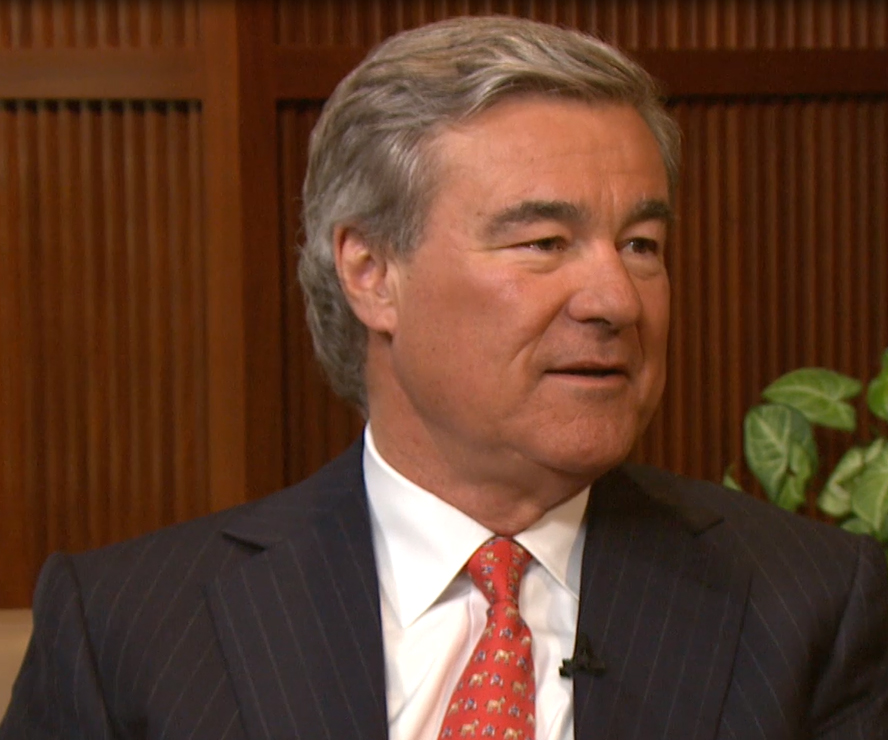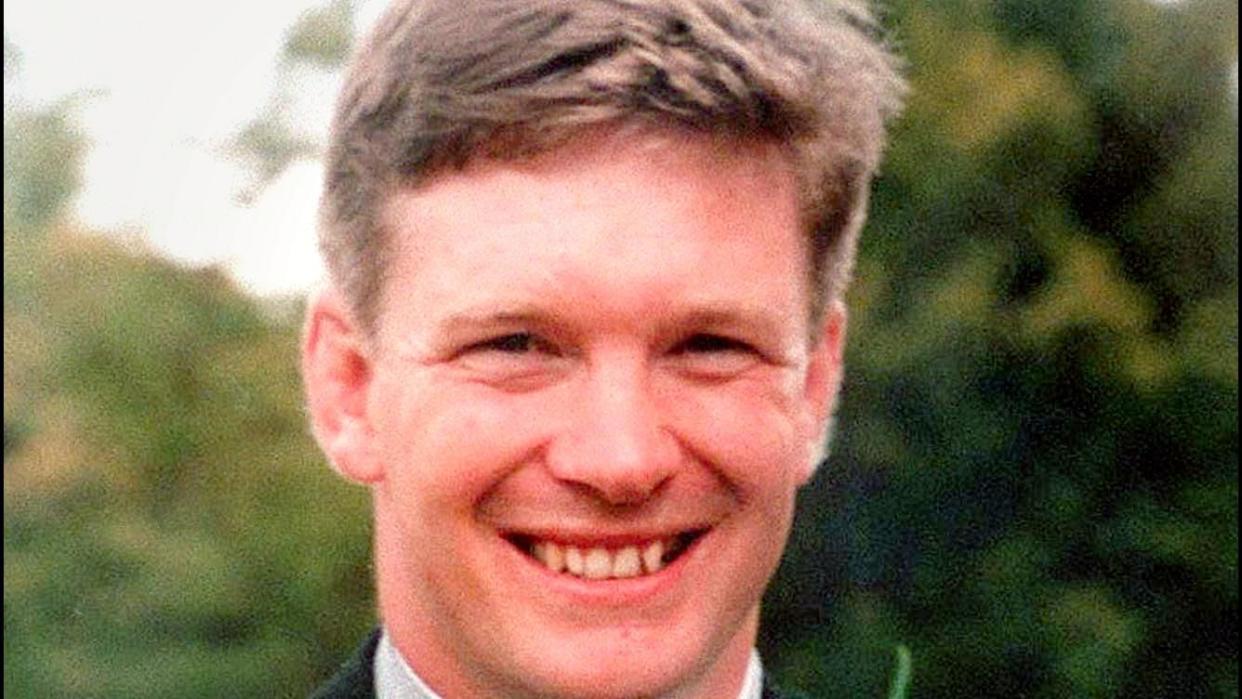On a fateful night in 1997, Trevor Rees-Jones found himself at the center of one of the most tragic events of the 20th century. As the bodyguard of Dodi Fayed, he was in the car that crashed in the Paris tunnel, claiming the lives of Princess Diana, Dodi Fayed, and the driver. But who is Trevor Rees-Jones? How did he survive when others didn't? Let's dive into his story and uncover the details that have fascinated the world for decades.
This isn't just about a car accident—it's about resilience, survival, and the extraordinary circumstances that define Trevor's life. His story is a testament to strength in the face of unimaginable tragedy. As we explore his journey, we'll learn more about the man behind the headlines and the impact this event had on his life.
Before we get into the nitty-gritty, let's set the stage. Trevor Rees-Jones wasn't just any bodyguard; he was part of a high-profile security team working for the Fayed family. His role placed him in the spotlight of international media, and his survival made him a focal point of scrutiny and speculation. Now, let's break down his life, the crash, and everything that followed.
Read also:Wire Cast The Ultimate Solution For Seamless Live Streaming
Biography of Trevor Rees-Jones
Before we dive into the specifics of that tragic night, let's take a moment to understand who Trevor Rees-Jones is. Born on March 16, 1963, in Hertfordshire, England, Trevor grew up with a passion for security and protection. His career path naturally led him to become a bodyguard, a role that would ultimately define his life.
Early Life and Career
Growing up in a modest household, Trevor showed an early interest in physical fitness and discipline. He joined the security industry in his early twenties, quickly rising through the ranks due to his dedication and expertise. His professional reputation earned him a position with the Fayed family, where he worked closely with Dodi Fayed.
Here's a quick glance at some key details about Trevor:
| Full Name | Trevor Rees-Jones |
|---|---|
| Birth Date | March 16, 1963 |
| Place of Birth | Hertfordshire, England |
| Profession | Bodyguard |
| Employer | Fayed Family |
The Tragic Night: What Happened?
August 31, 1997, will forever be etched in history as the night Princess Diana tragically passed away. Trevor Rees-Jones was in the front passenger seat of the Mercedes-Benz S280 when it crashed in the Alma Tunnel in Paris. The car, driven by Henri Paul, was traveling at high speed, and the crash was catastrophic.
While Princess Diana, Dodi Fayed, and Henri Paul succumbed to their injuries, Trevor somehow survived. His survival has been the subject of much speculation and analysis, with many wondering how he managed to live through such a devastating accident.
Surviving the Crash
Trevor sustained severe injuries, including a fractured skull and broken ribs. Despite the severity of his condition, he was the only survivor from the car. Medical experts have suggested that his position in the vehicle and the fact that he was wearing a seatbelt contributed to his survival. However, the psychological toll of the accident has been significant.
Read also:How Old Is Sydney Sweeney Supposed To Be In The Handmaids Tale Discover The Truth Behind Her Role
Life After the Crash
Following the crash, Trevor's life underwent a dramatic transformation. The media spotlight was relentless, and he became a central figure in the investigation and subsequent inquiries. His life was no longer his own, as the world wanted answers about that fateful night.
Dealing with Fame and Scrutiny
Living in the public eye wasn't something Trevor had prepared for. The constant attention, questions, and theories about the crash took a toll on his mental health. He eventually stepped away from the security industry, choosing a quieter life away from the limelight.
Here are some key points about Trevor's life post-crash:
- He testified in the inquest into Princess Diana's death.
- He has largely avoided public appearances and interviews.
- He focused on recovering both physically and mentally.
Impact on Trevor's Life
The crash didn't just change Trevor's career—it altered the course of his entire life. The psychological impact of surviving such a tragedy while losing those around him was immense. Trevor has spoken about the importance of mental health awareness and the need for support systems for trauma survivors.
Mental Health Awareness
Trevor's experience highlights the importance of addressing mental health issues following traumatic events. His journey serves as a reminder that survival isn't just about physical well-being—it's also about emotional and psychological recovery.
What the Experts Say
Experts in accident reconstruction and trauma care have weighed in on Trevor's survival and the circumstances surrounding the crash. According to studies, factors such as seatbelt use and positioning in the vehicle played crucial roles in determining outcomes.
Key Findings
Data from the investigation revealed:
- Trevor was the only one wearing a seatbelt.
- The car was traveling at an estimated 65 mph in a 50 mph zone.
- Henri Paul, the driver, had traces of alcohol in his system.
Trevor Rees-Jones Today
Today, Trevor leads a relatively private life, away from the public eye. He has chosen to focus on his family and personal interests, steering clear of the media circus that once surrounded him. His story continues to inspire discussions about safety, mental health, and the complexities of surviving tragedy.
Lessons Learned
Trevor's story teaches us several important lessons:
- Wearing a seatbelt can save lives.
- Trauma survivors need ongoing support and care.
- Privacy is essential for healing and recovery.
Public Perception and Legacy
Over the years, public perception of Trevor Rees-Jones has evolved. Initially, he was seen as a mysterious figure shrouded in speculation. Today, he is recognized as a survivor who overcame immense challenges. His legacy is one of resilience and quiet strength.
Legacy in Modern Times
In today's world, Trevor's story continues to resonate with those who have experienced trauma or loss. His journey serves as a reminder that healing is possible, even in the face of unimaginable adversity.
Conclusion
Trevor Rees-Jones' story is one of survival, resilience, and the human spirit's capacity to endure. From his early days as a bodyguard to his role in one of the most tragic events of the 20th century, Trevor's life has been anything but ordinary. As we reflect on his journey, let's remember the lessons he's taught us about safety, mental health, and the importance of privacy.
So, what can you do? Share this article with others who might find it informative. Leave a comment if you have thoughts or questions. And most importantly, take a moment to reflect on the importance of mental health and safety in your own life.
Here's a quick summary of the article:
- Trevor Rees-Jones survived the 1997 car crash that claimed the lives of Princess Diana, Dodi Fayed, and Henri Paul.
- His survival was attributed to factors like seatbelt use and positioning in the vehicle.
- Post-crash, Trevor focused on recovery and avoided public attention.
- His story emphasizes the importance of mental health awareness and trauma care.
Table of Contents
- Biography of Trevor Rees-Jones
- The Tragic Night: What Happened?
- Life After the Crash
- Impact on Trevor's Life
- What the Experts Say
- Trevor Rees-Jones Today
- Public Perception and Legacy
- Conclusion
Thanks for reading, and don't forget to check out more articles on our site!


